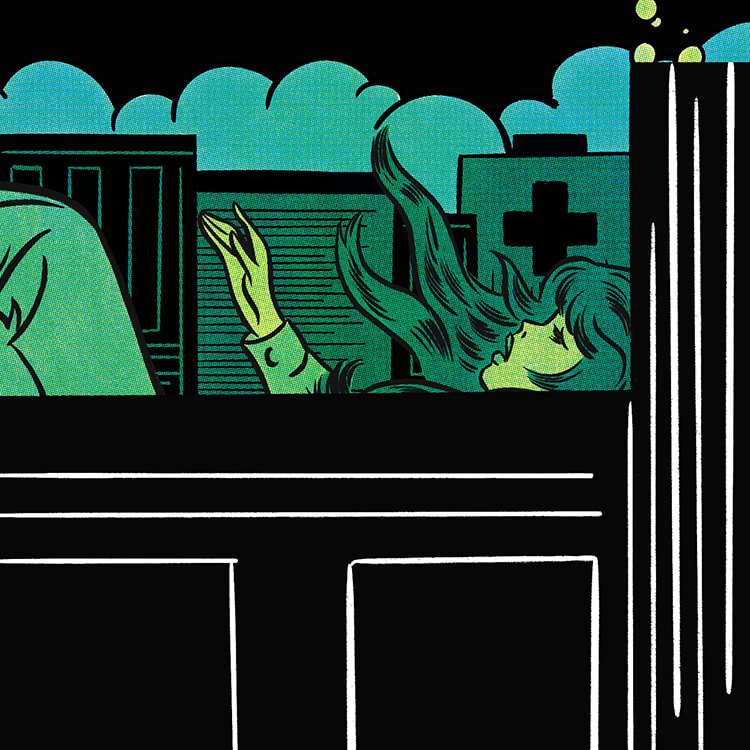Applied to healthcare, those deeply held beliefs are the oaths clinicians make when entering their professions to put patients first. As we phrased it in our article: The moral injury of healthcare is not the offense of killing another human in the context of war; it is being unable to provide high-quality care and healing in the context of healthcare.
Since the article went viral, we’ve expanded our work on moral injury to include a nonprofit, a podcast, and a book. The term has also proven to be a deeply resonant way of framing distress in healthcare for clinicians. One physician, who burst into tears at a recent book signing, encapsulated the feedback we have heard from thousands of physicians, nurses, physical therapists, social workers, and others in the last five years: “I finally feel seen, like I have the right language for my experience.” Our subsequent research—and that of others—confirms moral injury and burnout are distinct conditions, though they often occur together. Also interesting, though not surprising, is that non-clinicians experience this type of distress, too. Preliminary evidence suggests 40% of healthcare leaders and executives endured some level of moral injury during the pandemic. They knew what their workforce needed, yet they could not provide it.













